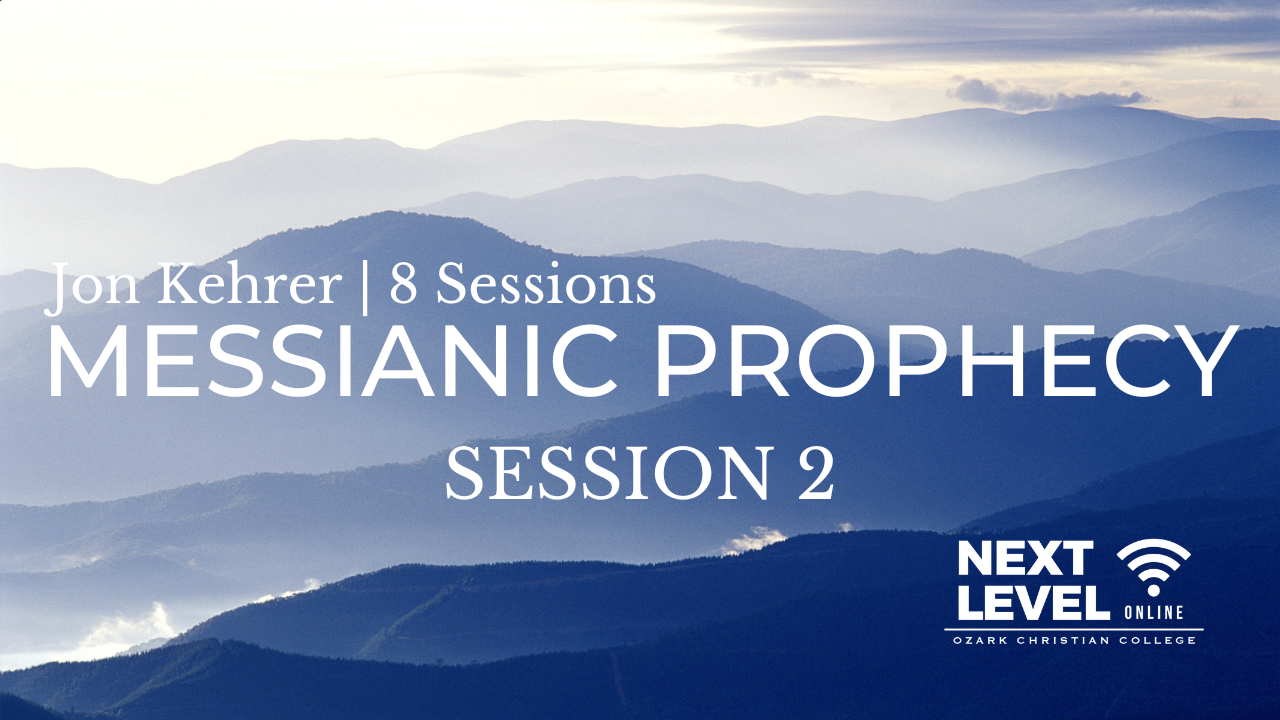Typology


The vision of Ozark Christian College is to glorify God by evangelizing the lost and edifying Christians worldwide. The mission of Ozark Christian College is to train men and women for Christian service as a degree-granting institution of biblical higher education.
Typology is a big deal, and it is something we have to constantly guard against. We use this term rather flippantly, and I'm not sure we really know what we're saying when we use it.
First, some definitions:
hidden meanings behind the literal words of the text.”
- Example from Augustine.
- Surely this is an abuse of the text...not something we'd want to emulate.
Why? Because this is suggesting that this was part of the author's intention, which the NT does not seem to suggest.
Symbol: a historical event or fact that can be seen as a source of moral, spiritual or theological truth. Thus, the Statue of Liberty is a symbol of freedom.
Typology: people, moments, or offices within the Old Testament that correspond to people, moments or offices later in the Old Testament or New Testament which, when looking back, seem to suggest that they are both prophetic and pointing forward in some way.
So, if we suspect something is a type, we run it through our criteria. The type must:
A Test Case: John 19:36
Now, let's take a look at John 19:36. Where is this from? Exod 12:46. Let's talk through this. At first, it seems to be blatant disregard for context, right?
characteristics.
Occur in history? Yes; Exodus is a key piece in history.
Look forward? Yes; this very celebration became a yearly feast.
Develop in later revelation? Ps 34:20 seems to prove that. Also, John clearly saw this as a type.
So then, Jesus dies as the Passover sacrifice (John 19:14 may be a reference to preparation for a Jewish public Passover, different from the one he ate with his disciples), and John is saying that he represents the innocent suffering of God's people, even of Israel, throughout history. And, the whole Passover celebration throughout history looked toward this moment, when God would use an unblemished lamb as a sacrifice on behalf of the others.
So, then, the picture we get here is one of indirect fulfillment...it is not a direct correspondence, but there is definitely a sense in which what happens in the past points forward to the future.
Typology is a big deal, and it is something we have to constantly guard against. We use this term rather flippantly, and I'm not sure we really know what we're saying when we use it.
First, some definitions:
hidden meanings behind the literal words of the text.”
- Example from Augustine.
- Surely this is an abuse of the text...not something we'd want to emulate.
Why? Because this is suggesting that this was part of the author's intention, which the NT does not seem to suggest.
Symbol: a historical event or fact that can be seen as a source of moral, spiritual or theological truth. Thus, the Statue of Liberty is a symbol of freedom.
Typology: people, moments, or offices within the Old Testament that correspond to people, moments or offices later in the Old Testament or New Testament which, when looking back, seem to suggest that they are both prophetic and pointing forward in some way.
So, if we suspect something is a type, we run it through our criteria. The type must:
A Test Case: John 19:36
Now, let's take a look at John 19:36. Where is this from? Exod 12:46. Let's talk through this. At first, it seems to be blatant disregard for context, right?
characteristics.
Occur in history? Yes; Exodus is a key piece in history.
Look forward? Yes; this very celebration became a yearly feast.
Develop in later revelation? Ps 34:20 seems to prove that. Also, John clearly saw this as a type.
So then, Jesus dies as the Passover sacrifice (John 19:14 may be a reference to preparation for a Jewish public Passover, different from the one he ate with his disciples), and John is saying that he represents the innocent suffering of God's people, even of Israel, throughout history. And, the whole Passover celebration throughout history looked toward this moment, when God would use an unblemished lamb as a sacrifice on behalf of the others.
So, then, the picture we get here is one of indirect fulfillment...it is not a direct correspondence, but there is definitely a sense in which what happens in the past points forward to the future.

Phone: 918-994-2638 | Email: support@churchapps.org
© Live Church Solutions. All rights reserved.